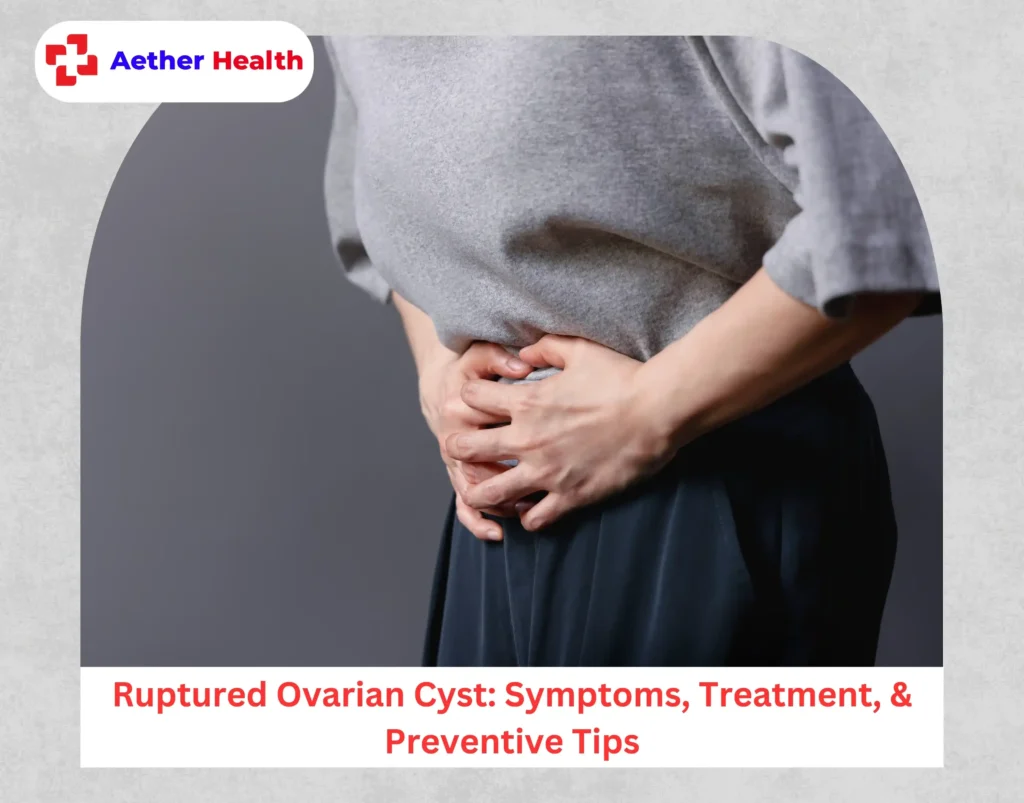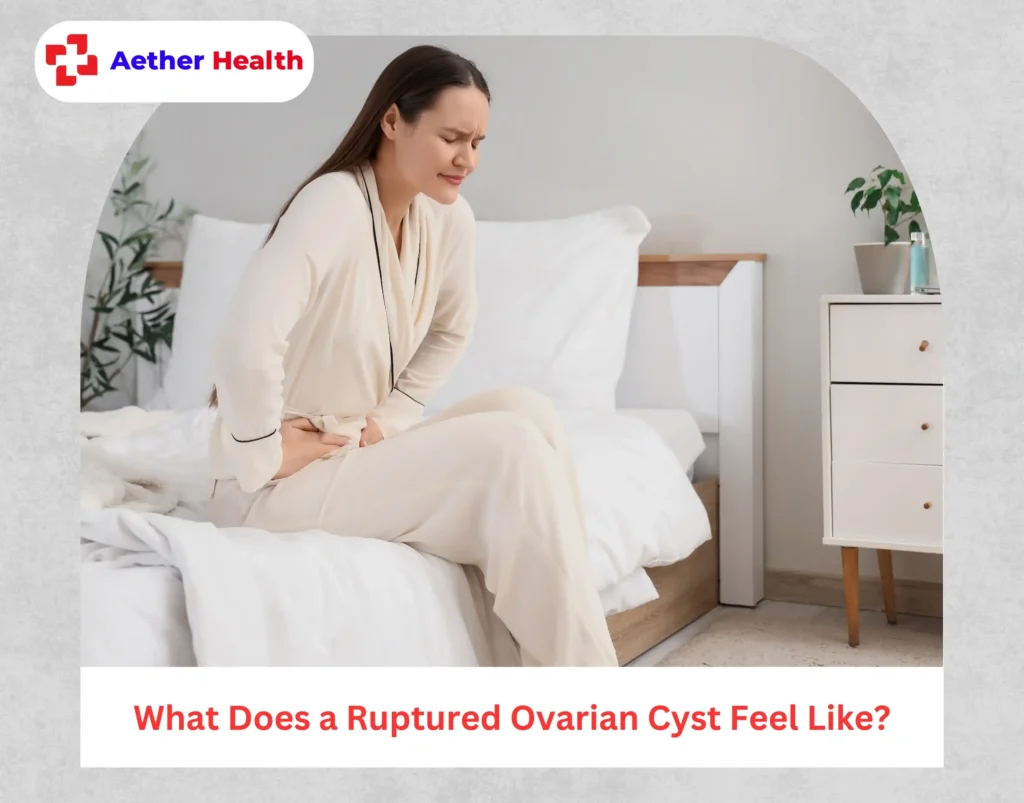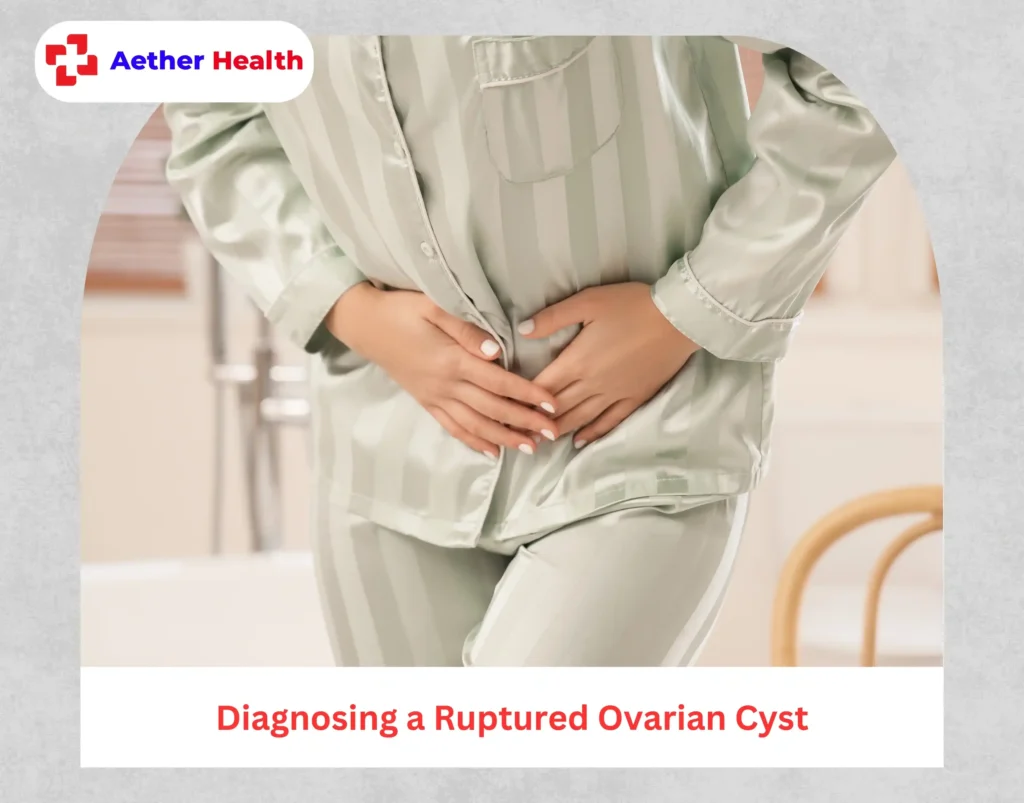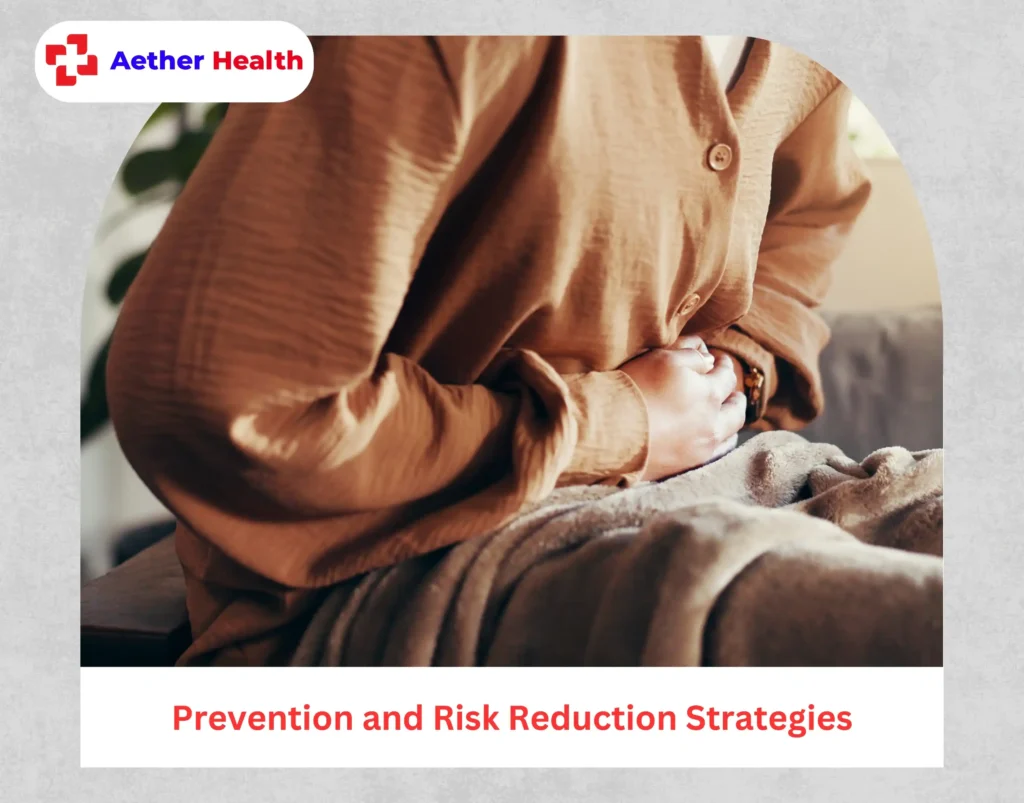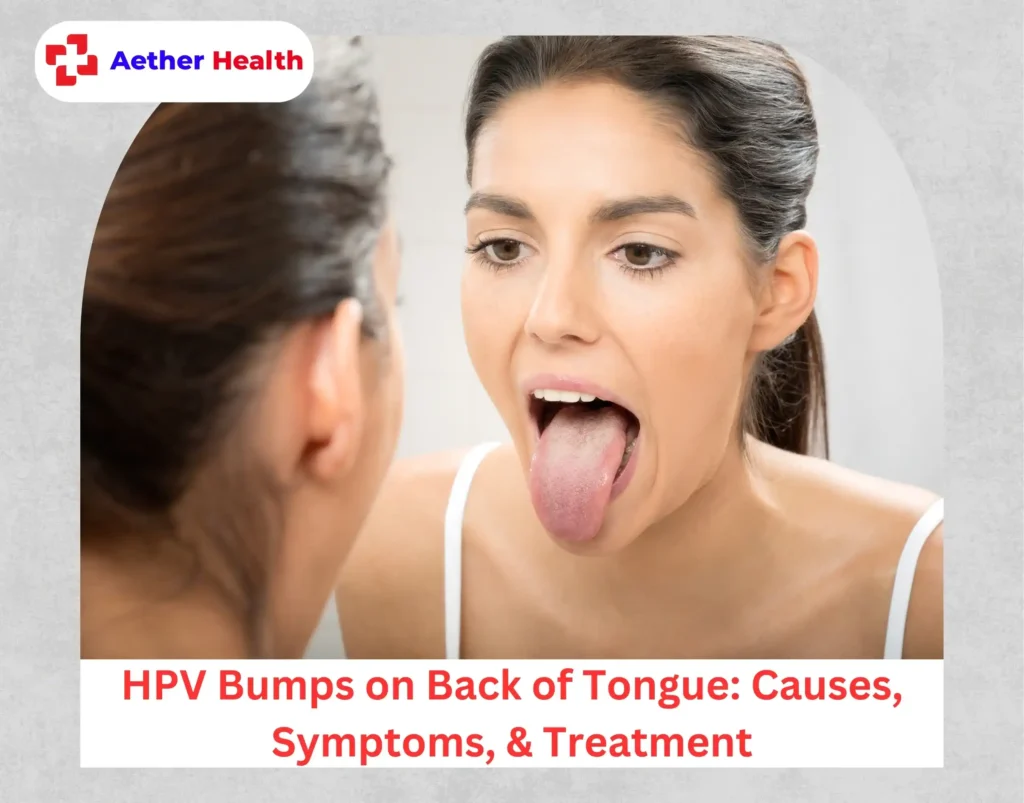Most women believe ovarian cysts are “no big deal” because most disappear on their own, yet a ruptured ovarian cyst can cause internal bleeding within hours. But how do you know when your ovarian cyst has ruptured and why do so many women struggle to get proper care when it happens?
The good part is, your body sends clear warning signals before the cyst turns dangerous. The bad part is, many women mistake the warning signs for bad period cramps or stomach issues.
If you recognize these signals early, you can get timely treatment for ovarian cyst before complications arise.
What Does a Ruptured Ovarian Cyst Feel Like?
Pain from a ruptured ovarian cyst varies dramatically between patients. Some experience stabbing sensations “like being shot in the ovary,” while others feel moderate cramping initially mistaken for period pain. The intensity depends on the cyst’s size, location, how much fluid is released, and whether internal bleeding occurs.
Unlike normal ovarian twinges that last 10-30 seconds, rupture pain persists for 5-10 minutes or longer. The sharp pain typically starts around one ovary, then radiates across your pelvis, down into your groin, and shoots into your thighs or back. You might even wake up with chest pain, not realizing it connects to the ovarian rupture.
A ruptured cyst often creates the distinct sensation of warm fluid trickling into the abdomen as the cyst releases its contents. Pain sometimes improves once the cyst bursts as pressure releases.
However, when complications like internal bleeding or ovarian torsion occur, waves of cramping can persist for days or weeks as blood and fluid continue irritating surrounding tissues.
Symptoms of a Ruptured Ovarian Cyst
1. Sudden, Severe Pelvic Pain
The most common and alarming symptom of ruptured ovarian cyst is severe pelvic pain that comes on quickly. This pain is usually:
- Localized to one side of the lower abdomen, near the affected ovary
- Described as sharp, stabbing, or cramping
- Often worsens with movement, walking, or deep breaths
- Far more intense than typical menstrual cramps
What it feels like: Many women compare the pain to a tearing or stabbing sensation, intense enough to stop daily activities or cause panic.
2. Pain Radiating to the Back, Thighs, or Shoulder
Pain may not stay confined to the lower abdomen. It can spread to:
- Lower back
- Inner thighs
- Shoulder area (especially if internal bleeding irritates the diaphragm)
Radiating pain indicates that blood or cyst fluid may be irritating surrounding tissues, another clue that this could be a ruptured ovarian cyst.
3. Nausea and Vomiting
Nausea is a common response to intense abdominal or pelvic pain. Vomiting may also occur as the body reacts to:
- Internal irritation from ruptured cyst contents
- Blood pooling in the abdomen
- Sudden changes in blood pressure due to internal bleeding
These digestive symptoms are not due to illness but rather a red flag that something more serious is happening internally.
4. Abdominal Bloating or Distension
After a rupture, the cyst’s contents may leak into the pelvic cavity, causing:
- A bloated or swollen belly
- Tightness and visible expansion in the abdominal area
- General discomfort or fullness, even without eating
This swelling may be a result of hemoperitoneum, blood accumulating inside the abdominal cavity, and should never be ignored.
5. Irregular Vaginal Bleeding or Spotting
Some women notice unexpected vaginal bleeding not linked to their menstrual cycle. This can happen due to:
- Hormonal shifts triggered by the cyst rupture
- Proximity of the rupture to ovulation or menstruation
Important: Bleeding combined with sudden, localized pain strongly suggests a ruptured ovarian cyst rather than a routine menstrual issue.
6. Dizziness, Fainting, or Lightheadedness
These are classic internal bleeding signs that occur when blood loss affects blood pressure and oxygen delivery:
- Dizziness when standing
- Feeling faint or woozy
- In severe cases, loss of consciousness
If you feel lightheaded after intense pelvic pain, this is not normal and may signal a drop in blood volume from a rupture.
7. Rapid Heart Rate and Pale Skin
Your body will try to compensate for internal bleeding by:
- Increasing heart rate
- Redirecting blood to essential organs, causing paleness in the face, lips, or fingernails
These are systemic signs that your body is struggling to maintain blood flow, get to the nearest ER immediately.
8. Signs of Shock
In extreme cases, a ruptured ovarian cyst can cause:
- Cold, clammy skin
- Confusion or disorientation
- Rapid breathing
- A dramatic drop in blood pressure
These are medical emergencies. A person in shock needs emergency intervention to prevent organ failure or death.
How to Distinguish Between Menstrual Cramps and Ovarian Emergency
While mild to moderate pelvic pain during the menstrual cycle is common, severe pelvic pain that strikes suddenly may point to a ruptured ovarian cyst.
Unlike typical cramps that respond to rest or over-the-counter medication, a ruptured cyst causes sharp, localized pain that can become overwhelming.
What does a ruptured ovarian cyst feel like? Many describe it as a stabbing or tearing sensation, often on one side. If this pain is accompanied by internal bleeding signs, such as dizziness, fainting, or low blood pressure, it may signal an ovarian emergency requiring immediate medical care.
Internal Bleeding Signs and Complications
One of the most dangerous outcomes of a ruptured ovarian cyst is internal bleeding, especially when nearby blood vessels are torn during the rupture. Here’s how internal bleeding signs may show up:
- Rapid heart rate: The body compensates for blood loss by pumping faster to maintain blood flow.
- Dizziness or lightheadedness: Often triggered by standing or changing positions; a sign of dropping blood pressure.
- Sudden fatigue or weakness: May develop alongside severe pelvic pain, indicating significant blood loss.
- Fainting or near-fainting episodes: Severe cases of internal bleeding can lead to loss of consciousness.
- Pale skin or lips: Reduced circulation from blood loss may cause paleness, especially in the face, lips, or fingernails.
- Abdominal swelling or distension: As blood accumulates in the pelvic cavity, the abdomen may feel tight or visibly expand.
- Symptoms of shock: Cold, clammy skin, rapid breathing, confusion, and a sharp drop in blood pressure signal a critical emergency.
This condition, known as hemoperitoneum, where blood pools in the abdominal cavity, requires immediate intervention.
Who’s at Higher Risk?
- Women with hemorrhagic cysts (cysts filled with blood)
- Those with larger ovarian cysts, more likely to rupture and cause vessel damage
- Women taking blood-thinning medications, which can worsen bleeding
If you experience any of these symptoms after intense pelvic pain, seek emergency care immediately. A ruptured ovarian cyst with internal bleeding is a true ovarian emergency that must be treated without delay.
Diagnosing a Ruptured Ovarian Cyst
When symptoms suggest a ruptured ovarian cyst, healthcare professionals will quickly assess the situation using:
1. Physical and Pelvic Exams
- Checks for abdominal tenderness, masses, or other abnormalities
- Evaluation for internal bleeding signs like low blood pressure or rapid pulse
2. Laboratory Testing
- Complete blood count (CBC): Detects blood loss through decreased hemoglobin/hematocrit
- Chemistry panels: Assesses kidney function and electrolyte balance
- Pregnancy test: Rules out ectopic pregnancy, which mimics a ruptured cyst
3. Imaging Studies
- Pelvic ultrasound (transvaginal): First-line test to visualize the ovaries, detect free pelvic fluid, and identify a ruptured cyst
- CT scan: Used when the ultrasound is inconclusive or when internal bleeding needs further evaluation
Treatment and Management Options
Treatment depends on the cyst’s size, the severity of symptoms, and whether complications like internal bleeding are present.
Conservative Management
Recommended for stable patients with no signs of serious complications:
- Pain relief with prescribed medication
- Rest and monitoring
- Follow-up imaging to confirm healing
- Watchful monitoring for worsening severe pelvic pain or new internal bleeding signs
Emergency Intervention
Necessary if bleeding or serious symptoms occur:
- Laparoscopic surgery: Preferred method to stop bleeding and remove damaged tissue
- IV fluids and blood transfusions: Stabilize blood pressure and restore blood volume
- Hospital admission: May be required for close observation, especially in cases of shock or significant fluid loss
Cyst size matters: Smaller cysts under 3 cm often resolve on their own without causing symptoms, while larger cysts over 5 cm carry a higher risk of rupture or twisting. Hemorrhagic or complex cysts, especially those measuring 6 cm or more, may require closer monitoring, follow-up imaging, or surgical intervention if complications arise.
Prevention and Risk Reduction Strategies
While not all cysts can be prevented, there are steps to reduce the chances of developing or rupturing one:
- Hormonal birth control: Helps regulate ovulation and reduces the formation of functional cysts (only under medical guidance). However, it doesn’t prevent all cyst types (e.g., dermoid, endometriomas).
- Routine gynecologic exams: Allow early detection of ovarian cysts before they become problematic
- Follow-up imaging: Essential for women with known cysts to monitor growth or risk of rupture
- Know your risk factors:
- Personal history of ovarian cysts
- Conditions like endometriosis or polycystic ovary syndrome (PCOS)
- Use of blood thinners, which increase bleeding risk
Being aware of ruptured ovarian cyst symptoms can help you act fast and seek care before complications arise.
Key Takeaway
A ruptured ovarian cyst can feel overwhelming, not just because of the sharp pelvic pain but because of the confusion that follows. Sudden wave-like cramps, back or thigh aches, bloating, nausea, or even chest pain when breathing are common when an ovarian cyst ruptures. Yet despite these symptoms, it’s common to leave the ER with more questions than answers.
At Aether Health emergency rooms, we focus on thorough evaluation, including diagnostic imaging and bloodwork when needed, to confirm cyst rupture and rule out complications like internal bleeding or infection. We offer not just pain relief but clarity, so patients can leave with a plan, not just a discharge form.
FAQs
1. How to treat a ruptured ovarian cyst at home?
Rest, use a heating pad for pain, and take over-the-counter pain relievers like ibuprofen. But always consult a doctor, as ruptured cysts can lead to complications like internal bleeding.
2. How long do ruptured ovarian cysts take to heal?
Most ruptured ovarian cysts resolve within a few days to a week, but full recovery may take a few weeks depending on severity and individual health.
3. Is a ruptured ovarian cyst the same as appendicitis?
No, but symptoms can overlap. Both ruptured ovarian cyst and appendicitis may cause sudden lower abdominal pain. Imaging is needed to distinguish between them.
4. Is a 4 cm ovarian cyst big?
It’s considered moderate in size. Many 4 cm cysts are functional and resolve on their own, but monitoring is advised.
5. What foods shrink cysts?
No food can directly shrink cysts, but anti-inflammatory foods, like leafy greens, berries, fatty fish, and whole grains may help balance hormones and reduce cyst formation.
6. Can a cyst come out in your period?
Functional cysts (like follicular cysts) can rupture and be reabsorbed around menstruation, but they don’t “come out” physically in your period blood.
7. Will I lose weight when they remove an ovarian cyst?
You may lose a small amount of weight, only the weight of the cyst itself. Most cysts weigh a few grams to a few hundred grams depending on size.
8. How to dissolve a cyst naturally?
Some functional cysts dissolve on their own. A balanced diet, stress management, and herbal options like chasteberry (Vitex) may support hormonal balance, but none are guaranteed treatments.
9. Why do I get cysts in my private area?
These could be Bartholin’s cysts, ingrown hairs, or blocked glands. Triggers include poor hygiene, tight clothing, or shaving irritation. Recurring cysts should be checked by a doctor.
10. What vitamins are good for cysts?
Vitamin D, B6, and E are commonly associated with hormonal regulation and may help reduce cyst formation, especially in PCOS. Always check with a healthcare provider before supplements.
